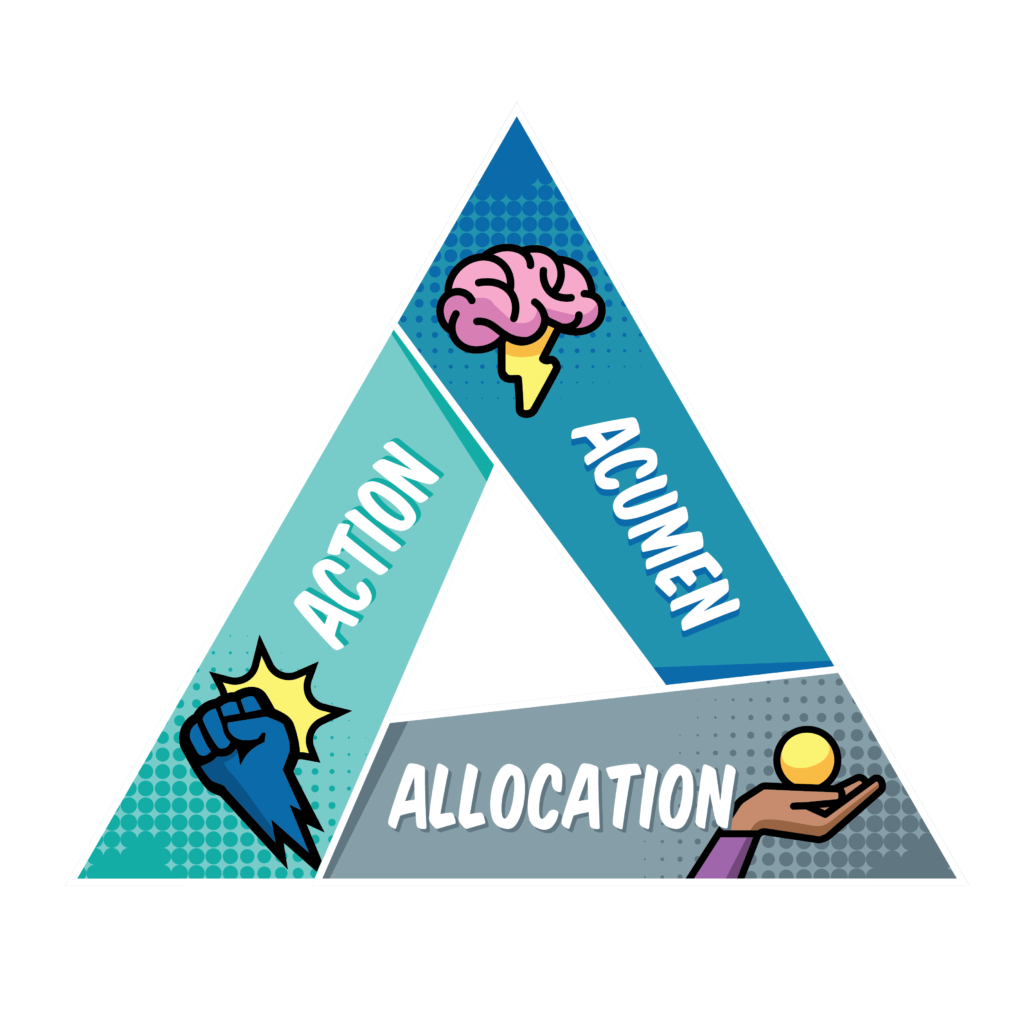“One-third to one-half of new chief executives fail within their first 18 months.”
—Harvard Business Review
A popular mantra today is “fail fast and fail often.” If you follow this practice as a senior leader, research shows you will soon be an unemployed senior leader. As Twitter co-founder Jack Dorsey said, “What’s the worst advice you see or hear given in your trade? ‘Fail fast!’” With several studies identifying the number one cause of business failure as bad strategy, taking the time to think strategically and plan appropriately will lead you to “succeed fast and often.”
Yes, every senior leader will encounter challenges and times when goals are not met. The key is to mine those moments for strategic insights and transform those learnings into practical action to move the business forward. As Harvard Business School professor Boris Groysberg writes, “For the senior-most executives, functional and technical expertise has become less important than understanding business fundamentals and strategy…To thrive as a C-level executive, an individual needs to be a good communicator, a collaborator, and a strategic thinker.”
In my work facilitating strategy sessions with executive management teams and providing strategic coaching to senior leaders, I’ve been privileged to learn from some of the best minds in business. There are several disciplines I’ve observed in highly successful executives that you can leverage to become more strategic and effective in your role.
A strategic leader can be defined as someone who identifies the team’s business destination, sets the direction to reach that destination, and activates their team to reach it. Within this definition there are three disciplines we can extract and apply to our daily work:
Acumen: The generation of insights to create new value.
Allocation: Focusing resources through strategic trade-offs.
Action: Prioritizing and executing initiatives.
 Acumen for senior leaders begins with ensuring that all of your people are accountable for contributing new ideas that lead to customer or organizational value. I’ve worked with several leaders in the technology sector to design insight networks that connect people and their ideas across functions and levels. Some have taken this a step further by assigning accountability to their direct reports for harnessing insights from their teams on a monthly basis and generating “Insight Updates” across the matrix. This means that everyone is contributing ideas on how the business can be more effective, efficient, and innovative. As Apple CEO Tim Cook said, “We want ideas coming from all 80,000 people, not five or three. A much smaller number of people have to decide and edit, and move forward, but we want ideas coming from everywhere.”
Acumen for senior leaders begins with ensuring that all of your people are accountable for contributing new ideas that lead to customer or organizational value. I’ve worked with several leaders in the technology sector to design insight networks that connect people and their ideas across functions and levels. Some have taken this a step further by assigning accountability to their direct reports for harnessing insights from their teams on a monthly basis and generating “Insight Updates” across the matrix. This means that everyone is contributing ideas on how the business can be more effective, efficient, and innovative. As Apple CEO Tim Cook said, “We want ideas coming from all 80,000 people, not five or three. A much smaller number of people have to decide and edit, and move forward, but we want ideas coming from everywhere.”
Allocation for senior leaders begins with active disengagement. Inventory the areas where your time, talent, and budget are currently being spent and then match those aggregates with your priorities. You’ll be amazed at how much time and budget is continuing to be invested in areas that don’t yield value. Then have the guts to pull the plug on things that aren’t working—not slowly over nine months—now! Research by Donald Sull of the MIT Sloan School of Management shows that 80 percent of mid-level managers say their senior leaders fail to kill unsuccessful initiatives quickly enough. How many tasks and initiatives are your team currently working on that add little value while sucking up the time and energy of your best people? Do something about it.
Action for senior leaders begins with a more strategic approach to their time. A Harvard Business School study of 60,000 CEO hours identified the CEO’s largest time commitment is meetings, at 61 percent of their time. Since meetings are on average the largest consumer of a senior leader’s time, they need to be as productive and efficient as possible. Currently, they are not. A whopping 71 percent of executives say that their meetings are unproductive and inefficient. To add insult to injury, half of all companies surveyed indicated senior leaders’ meeting agendas were either exactly the same or completely ad hoc. One of the core elements of the “Leading Strategic Meetings” program I help organizations implement includes a checklist with items such as intent (purpose of the meeting), decisions (identifying to-do’s and not-to-do’s) and insights (recording key learnings).
The 3A Strategic Thinking Framework of Acumen, Allocation, and Action can be an effective mental model to help you become a truly strategic leader. It requires the discipline to prioritize learning, harness your team’s best thinking, and set a course to continually overcome challenges in the pursuit of excellence. Being a senior leader should no longer be dictated by years on the job, but by the expertise and value a person brings. It’s an honor to lead people, so approach it as such. Do it strategically with a hunger for new insights and you’ll make the most of the opportunity. Do it tactically with complacency and you won’t do it for long.
